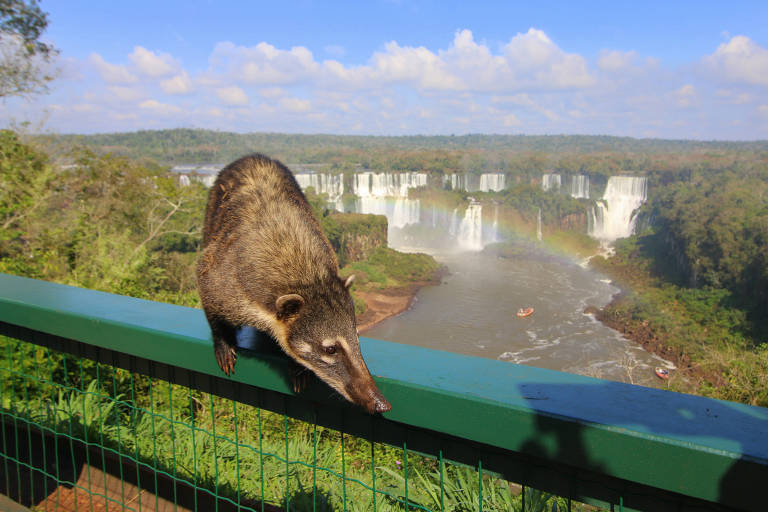Legend has it that, upon seeing Iguazu Falls, former US first lady Eleanor Roosevelt (1884-1962) would have said: "My poor Niagara!” pitying the famous waterfalls that serve as an international border between the US and Canada, in upstate New York.
It's not certain that she visited Iguazu Falls -- travel records only show visits to the Northeast during her 1944 trip -- but there is no doubt why the legend is alive to this day: the Brazilian waterfalls leave everyone speechless.
On average, the park had 400,000 gallons falling per second, and the roar at the Devil's Throat -- Iguazu's most famous waterfall, shaped like a horseshoe -- can be deafening. From October to March, the water volume goes up to 2.2 million gallons. The record was 12 million gallons, in 2014 -- so much water that the park was closed for safety reasons.
A Unesco natural heritage site since 1986, Iguazu is the only waterfall among the new seven wonders of nature and attracts around 5,000 visitors per day, who go to a well-managed natural park.
There are many plants and animals to see: the most common are monkeys, coatis, toucans, and hawks, as well as insects and lizards. The park has 257 species of butterflies, 18 of fish, 12 of amphibians and 45 of mammals - including spotted jaguars.
A few yards after the park's entrance, two other attractions are worthwhile: a helicopter ride above the park and the Birds Park, which hosts 2,000 birds of 150 species. With a tour guide, it's possible to get really close to the birds, and the park's tours are very instructive and well structured.
This article belongs to the special 50th-anniversary edition of Folha's Travel Section.
Translated by NATASHA MADOV
Read the article in the original language
